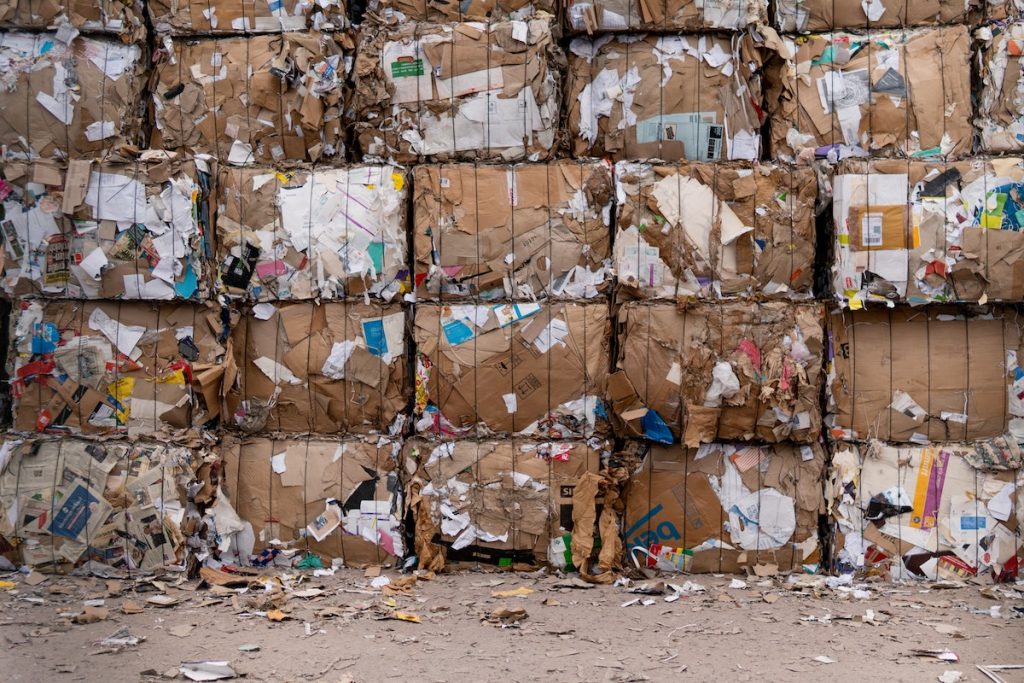
Paper recycling is the process of turning used paper into new paper products. The following are the basic steps involved in the paper recycling process:
- Collection: The first step in paper recycling is the collection of used paper products. This can include office paper, newspapers, magazines, cardboard boxes, and other paper-based items.
- Sorting and Processing: Once collected, the paper is sorted by type and quality. It is then cleaned and processed to remove any contaminants, such as staples, glue, or plastic windows from envelopes.
- Pulping: The cleaned paper is then broken down into small fibers by a mechanical process called pulping. The paper is soaked in water and chemicals to break it down into a pulp.
- Screening: The pulp is then screened to remove any remaining contaminants and to separate out any non-paper materials.
- De-inking: If the recycled paper is intended for printing or writing purposes, it must be de-inked to remove the ink. This is done by washing the pulp in a chemical solution that separates the ink from the paper fibers.
- Bleaching: The pulp is then bleached to whiten it and remove any remaining impurities.
- Papermaking: The final step in the recycling process is papermaking. The pulp is mixed with water and poured onto a screen to form a sheet of paper. The paper is then pressed and dried before being rolled into large rolls, which are then cut into sheets or made into various paper products.
Paper recycling is an important process that helps to conserve natural resources, reduce landfill waste, and decrease the amount of energy needed to produce new paper products.
